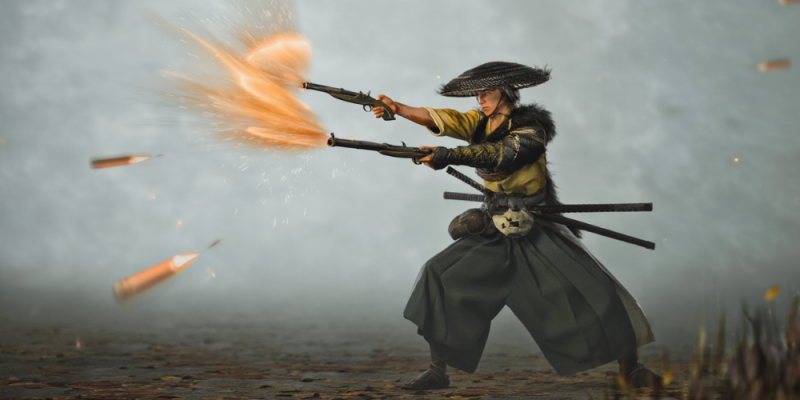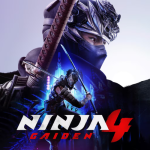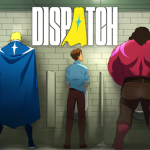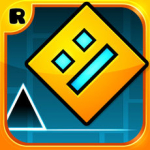Ghost of Yotei and the Return of the Gun Parry: What It Could Mean

Fans of ruthless timing windows and high-risk reversals perked up when the latest Ghost of Yotei leak suggested a firearm-based parry might anchor its combat rhythm. The idea carries immediate resonance: a well-timed shot that interrupts an enemy wind-up, staggers posture, and unlocks a devastating follow-up has defined a particular flavor of action RPG tension for a decade. If this rumor holds, it signals a deliberate design choice to privilege aggression, proximity, and confidence over turtle-defense patterns. It also hints at a broader lineage conversation. We have seen three distinct schools in recent action combat: classic shield deflection with counter hits, posture-centric dueling that rewards relentless pressure, and firearm interrupts that convert anticipation into sudden dominance. A fresh title borrowing the last of these would not be a simple homage; it would be a statement about pacing, encounter readability, and how the studio wants you to think about distance. Leaks remain unconfirmed by nature, so skepticism is healthy. Still, the concept fits the whispers around setting and tone: snow-lashed villages at the foot of an imposing volcano, folklore-tinged horrors that lunge with telegraphed menace, and a toolkit that demands nerve under pressure.
Main Part
Let’s unpack what a gun parry actually entails at a systems level. Mechanically, it is a timing gate layered over enemy animation beats: fire just before the impact frame of a heavy strike or during a specific charge-up, and the target enters a hard stagger. In the best implementations, the window is tight yet learnable, with clean audio cues, a distinct rise in animation tempo, and a consistent muzzle-to-stagger latency that becomes muscle memory. Done right, it turns a risky read into a momentum swing, opening a visceral-style finisher or a large damage multiplier that justifies ammo expenditure. Expect constraints to keep it honest: finite cartridges, short-stun exceptions on elites, and enemies that feint to bait premature shots. Boss designs typically diversify around this axis: some accept the parry only in certain phases; others require multi-hit chains where the parry breaks the rhythm rather than trivializing it. Ranged fodder complicates the picture by punishing tunnel vision, so spacing and line-of-sight management matter as much as timing. If Ghost of Yotei integrates posture as a parallel layer, the firearm could chip posture faster than blade strikes, encouraging hybrid pressure—poke to build posture damage, then time a shot to crack the meter for a dramatic payoff.
Buildcraft lives or dies on how that parry scales. A satisfying progression web would let you lean into different identities: marksman archetypes that emphasize status on shot impact, melee-first duelists who treat the pistol as a tempo lever, or resource alchemists who refuel ammo through perfect executions and riskier routes. Tuning levers include parry window width, stagger duration, follow-up multiplier, graze mechanics that grant partial posture damage on near-misses, and recoil stability that affects rapid-fire correction. Accessories could modulate the experience: talismans that add chip damage on parry, charms that refund a bullet on flawless execution, sights that tighten ADS for mid-range interrupts, or barrel swaps that trade raw stagger for elemental procs. To prevent a single-button solution, designers often add diminishing returns on repeated parries, delayed immunity phases, or armored attacks that demand footwork and deflects instead. Co-op introduces netcode realities, so a smart approach would keep the parry outcome authoritative to the host while giving clients predictive feedback—subtle aim assist funnels, latency-tolerant windows, and clear desync recovery if a shot registers late. All of this preserves the power fantasy without letting network variance turn mastery into frustration.
Encounter and level design must make the parry readable and deserved. That starts with silhouettes and anticipation frames: long coats that flare during a lunge, weapon trails that sharpen to a point right before impact, or a brief intake of breath amplified in the mix. Audio is the unsung hero—wound-up growls, frost crunch under a pivot step, the hiss of a cursed blade cutting humid air—to telegraph the exact heartbeat for your trigger pull. Camera and lock-on logic should prioritize chest-and-shoulders framing at parry distance, maintain horizon stability on uneven snow, and adjust FOV dynamically so peripheral threats stay visible. On hardware with haptics, a two-stage vibration—one during the enemy wind-up, one micro-pulse as your shot lands—can reinforce timing. Balance passes can limit ammo abundance through tiered crafting, merchant caps, or a resolve-like meter that charges with aggression, letting you earn parry shots through assertive play rather than passive waiting. Accessibility options matter: adjustable parry leniency, color-blind telegraph themes, audio cue volume sliders, and training dummies in a safe dojo where you can learn movesets without penalties. When all of these layers harmonize, the pistol parry stops being a gimmick and becomes the spine of combat literacy.
Conclusion
So where does this leave our expectations while we wait for official word? Treat the leak as a design thesis worth testing against future footage. In trailers, watch for telltale signs: a distinct enemy wind-up that consistently resolves at the same frame count, a muzzle flash timed just ahead of that moment, and a unique stagger animation that collapses foes toward the player, inviting a dramatic finisher. UI hints matter too—an icon that glints at parry range, a posture bar that fractures on successful shots, or a limited ammo indicator that pulses when a high-value counter opportunity appears. Boss clips will be most revealing: if you spot phase-specific susceptibility, audible feints to punish impatience, or shielded moves that ignore interrupts, you will know the team is protecting encounter integrity. Until confirmation, keep your hopes measured and your analysis sharp. The reason this rumor resonates is simple: firearm parries crystallize what many of us love about this style of action—clarity under pressure, mastery expressed in seconds, and a combat loop that rewards study as much as reflex. If Ghost of Yotei really aims to channel that energy, we could be looking at a modern classic that blends cold mountain atmosphere with the hot spark of perfectly timed steel and gunpowder.
















